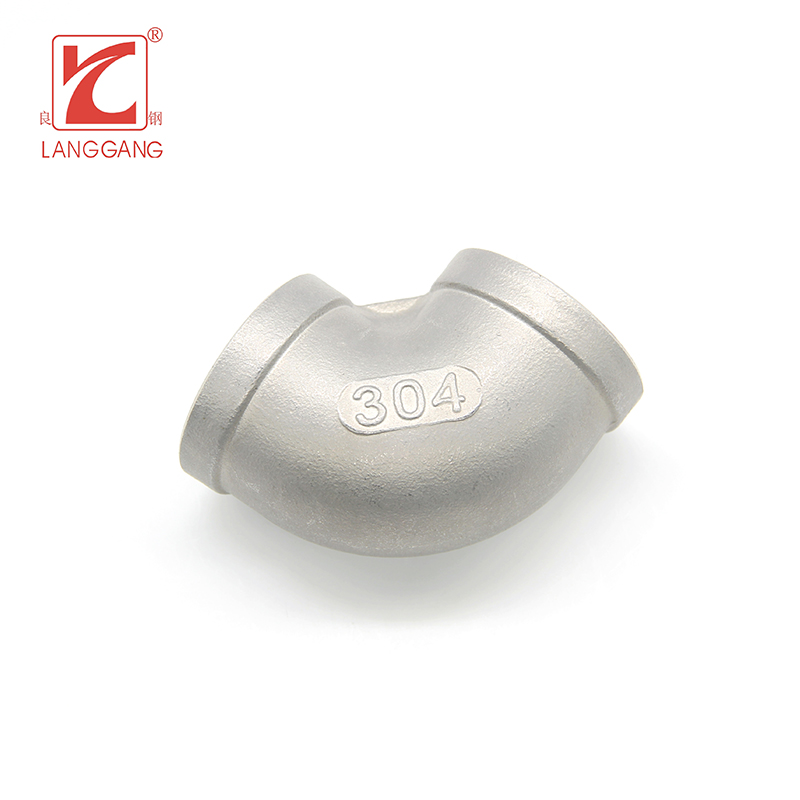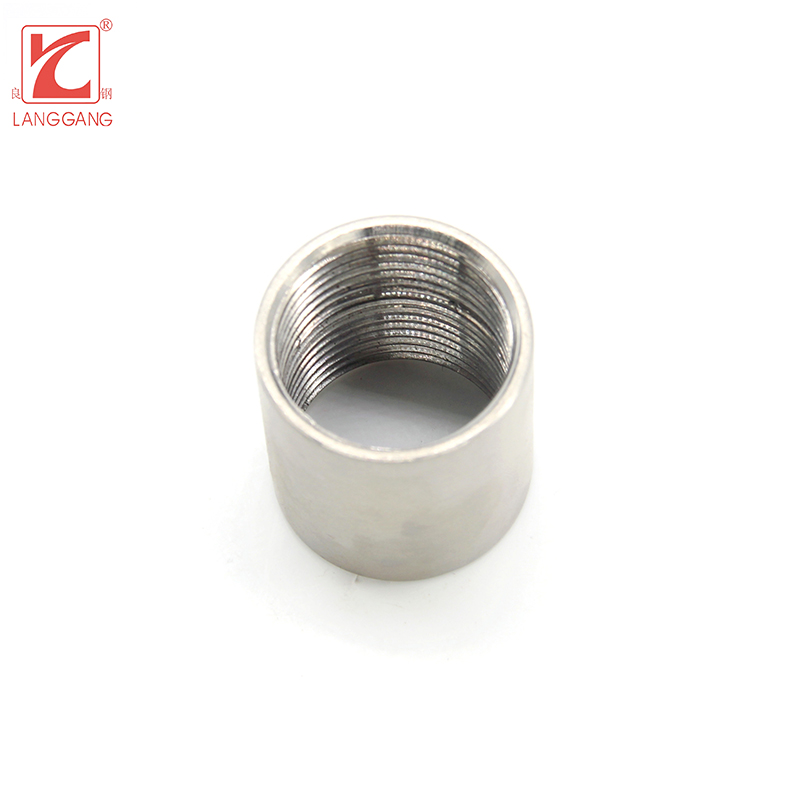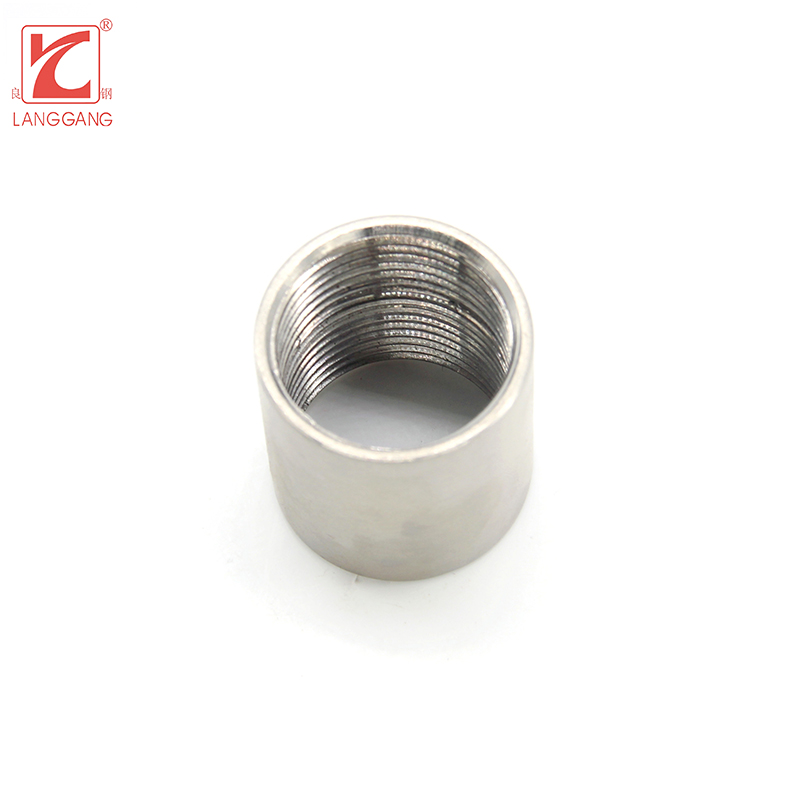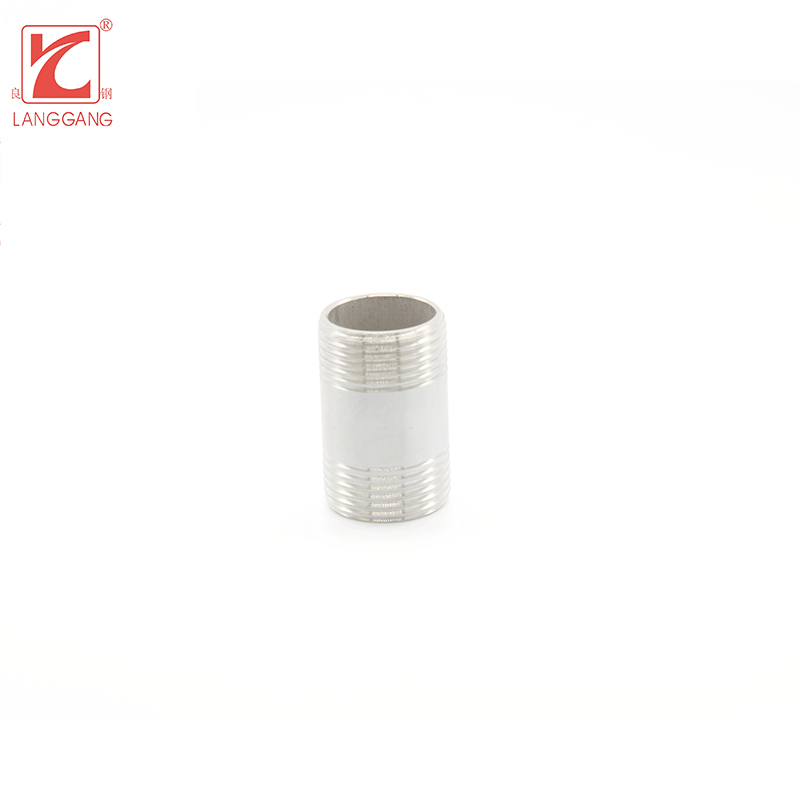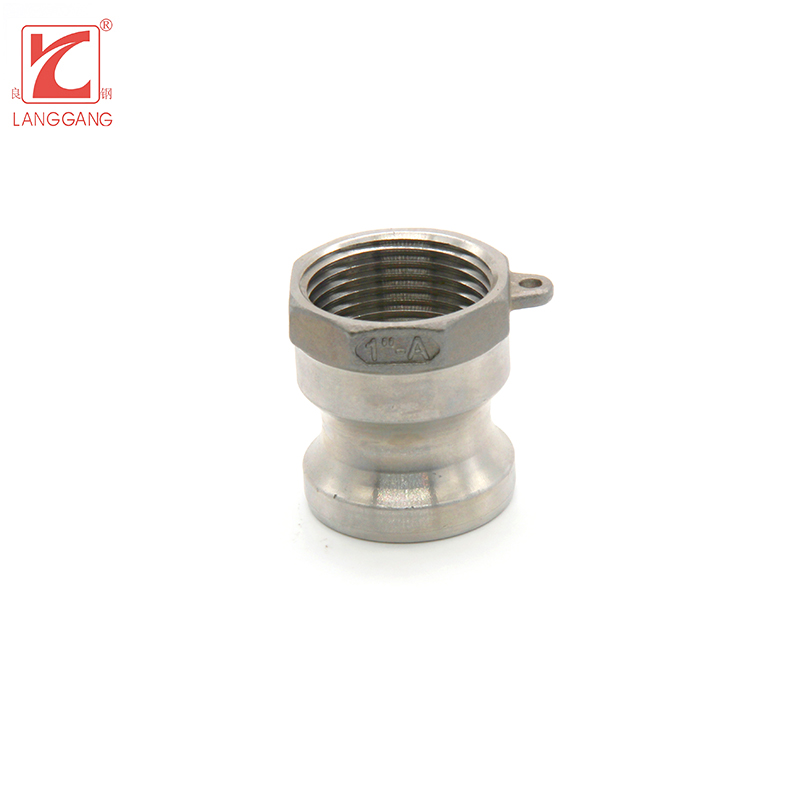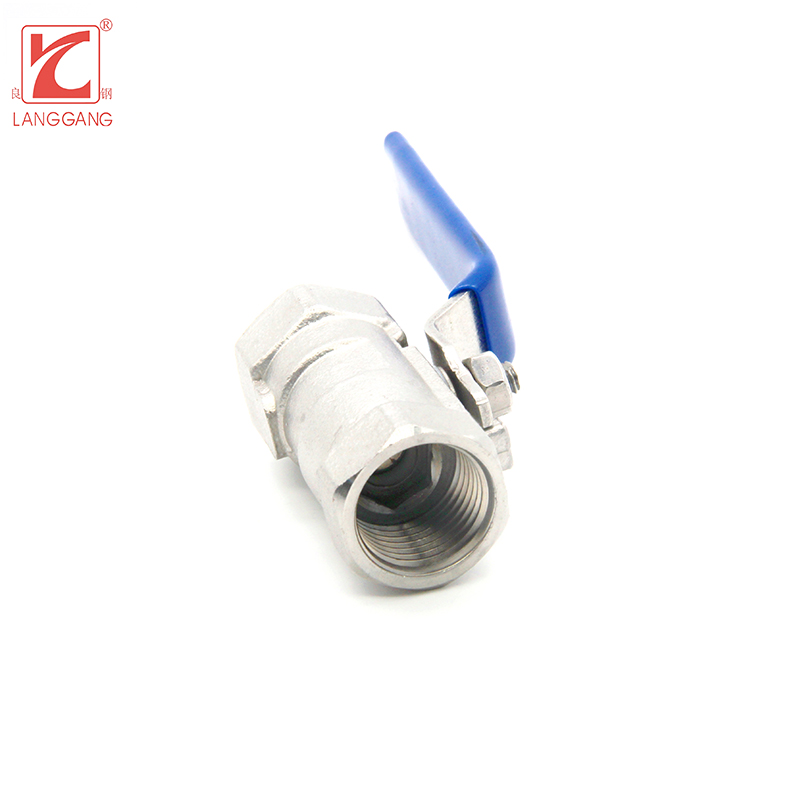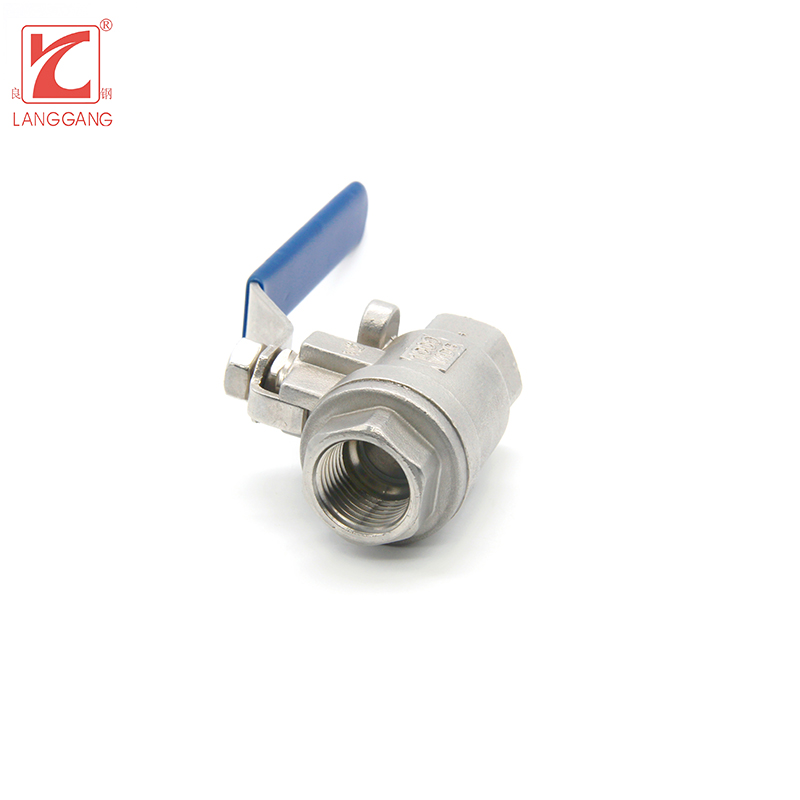What is a Cast Pipe Fitting?
Introduction
Cast pipe fittings are a type of pipe fittings that are made by casting molten metal into a mold. These fittings are commonly used in plumbing and piping systems to connect pipes and other components. Cast pipe fittings are available in a wide range of materials, including iron, steel, brass, and bronze. They are also available in various shapes and sizes, including elbows, tees, reducers, couplings, and flanges.
Cast pipe fittings are known for their durability and strength, making them ideal for use in high-pressure and high-temperature applications. They are also resistant to corrosion and wear, which makes them suitable for use in harsh environments. Cast pipe fittings are typically used in industrial and commercial applications, such as oil and gas pipelines, chemical processing plants, and power generation facilities.
One of the main advantages of cast pipe fittings is their versatility. They can be used with a variety of pipe materials, including PVC, copper, and steel. They can also be used with different types of joints, including threaded, flanged, and welded joints. Cast pipe fittings are also easy to install and maintain, which makes them a popular choice for many plumbing and piping applications.
Types of Cast Pipe Fittings
Pipe fittings come in various shapes, sizes and materials. One of the types of pipe fittings is cast pipe fittings. Cast pipe fittings can be made from a variety of materials including iron, brass, bronze, stainless steel, and other alloys. Here are some of the most common types of cast pipe fittings:
1. Elbows: Elbows are used for changing the direction of piping flow by 45 or 90 degrees. Cast iron elbows are commonly used in applications that require corrosion resistance.
2. Tees: Tees enable the flow of fluid in three different directions. They are typically used to combine or split the flow of fluids at a junction point. Common materials for cast iron tees include brass, bronze, and iron.
3. Couplings: Couplings are used to join two pipes together. They are designed to provide a leak-free joint between two pipe ends. Cast iron couplings can be threaded or non-threaded depending on the application.
4. Adapters: Adapters are used to connect two different types of pipes that have incompatible ends. Cast iron adapters can be male-to-female, male-to-male, or female-to-female.
5. Caps: Caps are used to seal off the end of a pipe. Cast iron caps are available in a range of sizes and are often used to close off a pipe when it is no longer needed.
6. Unions: Unions are similar to couplings but they can be easily disassembled for maintenance or repair. Cast iron unions consist of two halves that can be joined or separated without disturbing the rest of the piping system.
Overall, cast pipe fittings are a reliable choice for many plumbing and piping applications due to their strength and durability. However, it is important to select the appropriate type of fitting based on the specific requirements of each application.
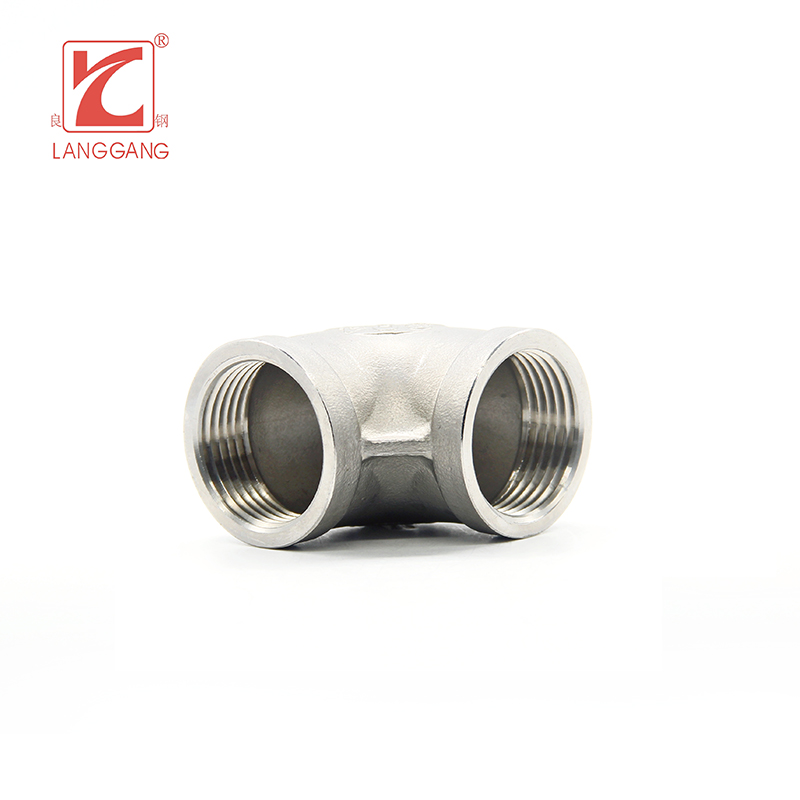
Design
The design of cast pipe fittings is crucial in ensuring the proper functioning and efficiency of a piping system. The following are some important aspects of their design:
1. Material: Cast pipe fittings can be made from various materials including cast iron, brass, bronze, stainless steel, and plastic. The choice of material depends on the intended application, pressure rating, temperature range, and compatibility with the fluid being transported.
2. Shape: Cast pipe fittings come in different shapes to accommodate different types of connections. Some common shapes include elbows (90 or 45 degrees), tees (T-shaped with three openings), crosses (four outlets for branching out), reducers (to reduce the size of one end of a fitting), and couplings (to join two pipes together).
3. Size: Cast pipe fittings are available in various sizes that match the diameter of the pipes they will be connected to
4. Threads/Flanges: The exterior surface of cast pipe fittings usually has threads or flanges that allow them to be screwed onto or bolted onto adjacent pipes or equipment. The type and size of threads or flanges depend on the specific application.
5. Interior Design: Cast pipe fittings have a hollow interior that matches the diameter and shape of the pipe being joined. This allows for a secure fit between the fitting and the pipe.
6. Pressure Rating: Cast pipe fittings have a pressure rating based on their material composition and design specifications. It is important to select a fitting with an appropriate pressure rating to avoid failures due to high-pressure situations.
7. Corrosion Resistance: Depending on their intended use, cast pipe fittings may need to be resistant to corrosion caused by exposure to certain fluids or environmental conditions.
Proper design considerations such as material selection, shape, size, thread/flange specifications, interior design, pressure rating and corrosion resistance are essential for effective functioning and long-term durability of cast pipe fittings in various applications ranging from residential to industrial settings.
Functions
The function of cast pipe fittings is to connect, control, and direct the flow of fluids in a piping system. They are essential components in any piping system as they provide secure joints between pipes and allow for easy installation and maintenance. The following are some of the primary functions of cast pipe fittings:
1. Connection: Cast pipe fittings are used to join two or more sections of pipes together. They can be threaded, welded or connected with flanges depending on the type of fitting and the requirements of the application.
2. Directional Control: Some types of cast pipe fittings such as elbows, tees, crosses, and wyes allow fluid flow to be redirected in different directions within a piping system.
3. Flow Control: Valves incorporated into certain types of cast pipe fittings help regulate fluid flow by controlling the amount or pressure of the fluid passing through them.
4. Size Reduction/Expansion: Reducers are used to reduce the size or diameter of one end of a fitting so that it can fit onto a smaller-diameter pipe. Conversely, expanders are used to increase the size or diameter at one end of a fitting so that it can fit onto a larger-diameter pipe.
5. Branching out: Branching out allows pipes to be split off from main pipelines at various points in order to feed different systems or equipment.
6. Corrosion Resistance: Some materials used in cast pipe fittings have excellent corrosion resistance properties which helps prevent damage caused by
corrosive fluids or environmental conditions.
Conclusion
Cast pipe fittings are an essential component of plumbing and piping systems. They are durable, strong, and versatile, making them suitable for use in a wide range of applications. With their resistance to corrosion and wear, cast pipe fittings offer long-lasting performance and reliability.
LGfittingvalve is a professional Cast pipe fittings manufacture provides all kinds of Stainless Steel pipe fittings and valves.We use stainless steel to produce Cast pipe fittings,ensuring its maximum durability. Feel free to contact us if you are looking for Cast pipe fittings for your project or store.


